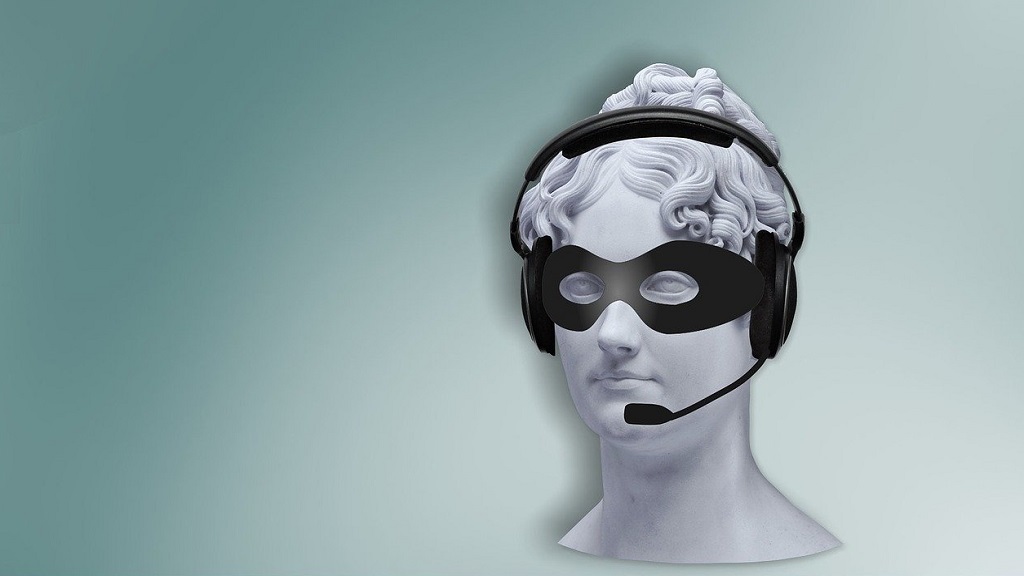
At the moment of truth, the vision that a client has of a company largely depends on the service provided when a problem arises and the attention received to solve it. Customer service calls thus become a vital tool that make the difference between a satisfied or disgruntled customer, and who will speak after the bad or good experience of the company.
On May 31, the Council of Ministers approved the preliminary draft of Customer Service Law, fundamentally to avoid long waiting times for the consumer on a call. It highlights the obligation to reduce this time on the phone to a maximum of three minutes while an operator is attending.
But it is possible?
Today we live in the age of immediacy and we want everything instantly, even if we have to pay more. And that is precisely what you have to offer. In absolute terms, a person should not be more than 30 seconds waiting, as long as it is not an incident call, in which case the attention to guarantee customer satisfaction should be instantaneous: an immediate pick-up and human dialogue. But, on some occasions, the company must ask itself if what is really important is to answer immediately or if it is preferable to personalize the call by collecting data before answering the caller.
It is very tedious for the customer to call, listen to a 30 second voiceover with a robotic voice reading a regulation in three languages and being asked, to verify if you are a customer, from typing the DNI or the date of birth to the registered mobile number or the last four digits of the bank account.
Because in many of these cases, after perhaps 25 minutes of waiting, you will be attended by a human being who then asks for your DNI and name again to address him. And this on three or four more occasions until the interested party is transferred to the corresponding department. That is what to avoid. You always have to attend with a system that uses common sense, just as you would like to be attended. Collecting data at first is very positive but always with the aim that it is collected instantly and the operator has it in front of him when he picks up the phone, with the appropriate technological tools.
Robotic answering machine or personal agent?
When a phone call is made, contact with a non-robotized interlocutor is usually valued, although, again, it always depends on the situation. Sometimes, if waiting times are avoided, it is preferable to speak with an interactive assistant using DTMF tones or voice recognition, such as, for example, when the interlocutor wants to know a follow-up, expand or reduce a service or perform very binary procedures. On the other hand, when it comes to a call for a problem or to resolve a more personal or complex case, it is preferable to speak to a person immediately.
Therefore, the ideal service combines both options and knows how to offer one or the other depending on the query. The client does not want waiting of any kind, no music, no ads or promotions, no sermons on rights or data protection law. What is really appreciated is the possibility of marking a specific key if the call is urgent so that they can prioritize it before others. Of course, with a penalty system in case someone misuses the system.
The importance of a measurement
Collecting the necessary data from the customer only once and giving the possibility of speaking with an operator are two key pieces for good customer service by phone. But to reduce the waiting time, it is essential to measure what is happening in the company’s telephone service and connect our ecosystem for the same purpose.
What is not measured, is not improved. Today, technology even allows the strengths and weaknesses of the workforce to be evaluated and filters and logical criteria to be established in the routing of calls so that they are taken into account. One of the most used applications of this system is to choose the operator according to the language of the interlocutor, but the possibilities go much further and it is also possible to use it even based on the employee’s performance profile. In other words, it is very effective to immediately route a call to a particular agent with advanced negotiation knowledge when a client is about to cancel if the system detects in the support database that they have three open and unresolved incidents.
A traditional switchboard system has it more complicated, but today with SaaS cloud telephony systems, you can access endless possibilities that just a few years ago were out of reach even for systems whose investment was exorbitant for an SME. with this technology it is not only possible to redirect the call to the most capable operator to solve an incident but also other solutions that shorten the waiting time significantly.
With a parameterization system, the system obtains the time slot in which the company receives the most calls, which allows it to reinforce the workforce right at that point. It is also possible to automate data collection to avoid repeating requests to the client. Or, lastly and very importantly, always prioritize the customer who needs an immediate response. The sum of each of these measures will reduce waiting time and achieve a satisfied customer.
Daniel Rubio is CEO of Phone.



